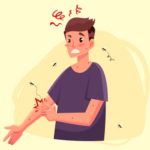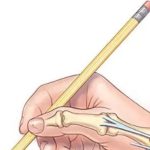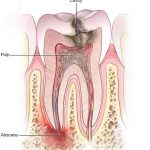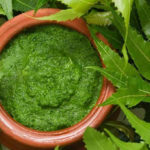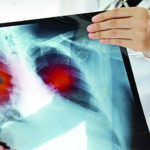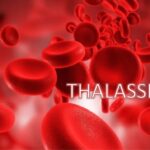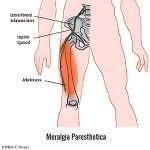Knee pain can occur at any age. Like every other joint in our body, the bones of the knee joint are covered by a soft and smooth covering called cartilage. When this cartilage wears down and becomes uneven, the joint becomes painful during movement, and the knee may swell. This condition is called osteoarthritis.

Causes of Knee Osteoarthritis
Age-related Decline: As age increases, the incidence of bone loss also increases. This disease is more common in people over 45 years of age.
Gender: Arthritis is more prevalent in women than in men, especially after menopause.
Overweight: The knee is one of the most weight-bearing joints in the human body. Excess body weight puts more stress on the knee.
Muscle Weakness: Weak muscles cannot hold the knee joint in its normal position, leading to increased friction and wear.
Decreased Synovial Fluid: Large joints of the body contain synovial fluid, which helps in movement. Reduction in this fluid leads to increased friction and wear in the joint.
Occupational Factors: People who stand for long periods, climb stairs frequently, or carry heavy loads are more prone to knee pain.
Symptoms
Pain in the knee and swelling, difficulty bending the knee or feeling stiffness in the joint, audible noises during movement, sensation of warmth in the knee.
Diagnosis
Diagnosis is typically based on the patient’s age, symptoms, medical history, and clinical examinations. Radiological and pathological tests such as X-rays, MRI scans, bone mineral density tests, RH factor tests, and serum calcium level tests may also be performed in some cases.
Treatment of Knee Pain
Medication: Pain relief medications are commonly prescribed. Additionally, dietary supplements may be recommended to address deficiencies.
Exercise: Specific knee exercises, performed two to three times a day, can be beneficial.
Examples of Knee Exercises:
- Maintain both knees straight and tense for 10 seconds.
- Place a towel under the knees and lie down with legs stretched out.
- Swimming is also a beneficial exercise for knee care.
- Physiotherapy: Physiotherapy offers a modern and side-effect-free approach to pain relief and restoring normal joint movement. Treatment methods may include ultrasound therapy, short-wave diathermy, traction therapy, interferential therapy, laser therapy, and special exercises to strengthen the knee.
- Intra-articular Injection: In severe cases where joint fluid is reduced, specialist doctors may administer intra-articular injections.
- Surgery: Joint replacement surgery may be necessary in cases of severe bone loss.
Preventive Measures for Knee Pain
- Rest the knee when experiencing pain.
- Avoid prolonged standing or sitting.
- Reduce stair climbing.
- Use high-mode footwear.
- Pray while sitting on a chair if experiencing pain.
- When rising from a seated position, use support.
- Knee caps, braces, or walking aids can provide support while walking.
- While bone loss is natural, it can be mitigated by controlling weight, regular exercise, healthy eating, and warming up before sports activities.














